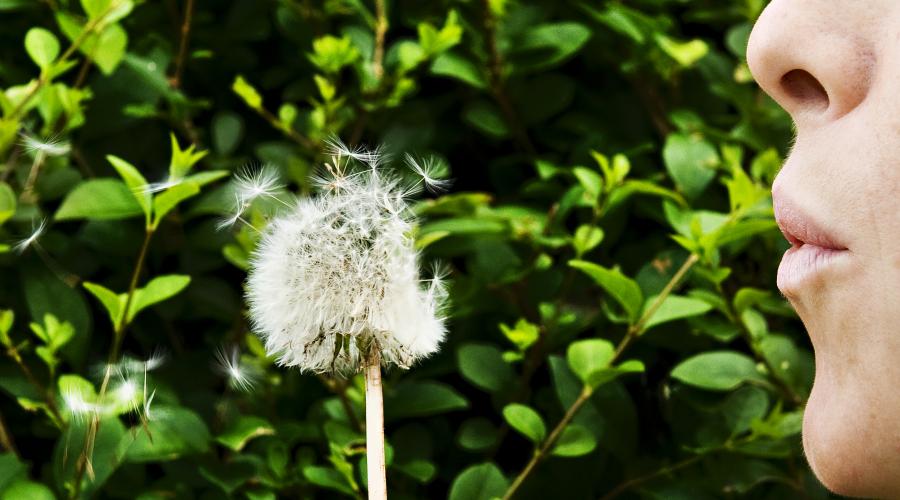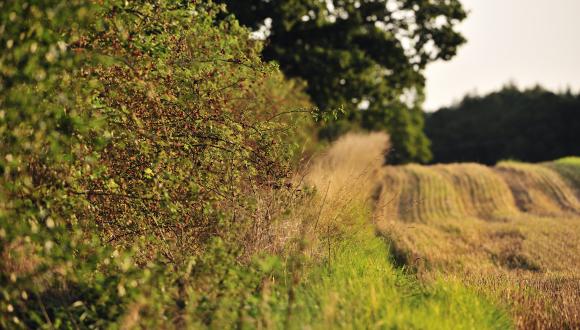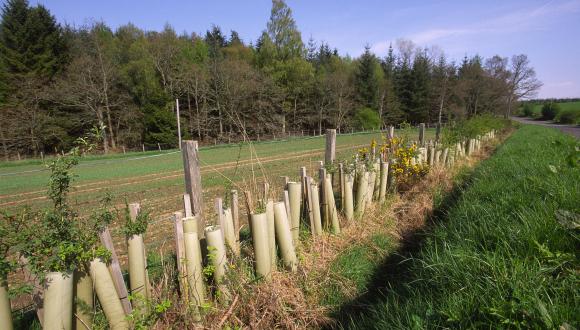
Concerns about habitat networks
The networks approach seems to have a lot of positives. But do experts perceive any potential negative consequences?
The concern: Do networks enhance biodiversity?
A loss in total habitat area inevitably occurs with habitat fragmentation. It can be hard to separate out the effects of this loss from the effects of greater fragmentation.
Many scientific studies have shown an overall loss in biodiversity in various areas over time, but it’s often difficult to attribute this directly to fragmentation. Bailey’s 2007 literature review did conclude, however, that for woodlands at least, species were more limited in number in fragmented areas.
Habitat networks are typically very young and relatively few studies on their effectiveness have been carried out. There may also be a significant time lag before any effects can be measured. But, so far, it’s unclear whether purely structural connections can create a habitat network that works in practice.
Wiens (2002) says, “Evidence for the efficacy of corridors is nowhere near as compelling as the enthusiasm with which corridors have been embraced.”
Others are more positive. Beier and Noss (1998) believe structural linkages should be preserved where possible, in the absence of clear evidence to the contrary. And studies on certain species in hedgerows have shown clear benefits of structural connectivity. Dover and Fry (2001) showed that changes to hedgerow structure modified the behaviour of studied butterflies.
Some studies report species recolonising areas after connectivity is restored between habitat patches. Stouffer and Bierregaard (1995) found some species of birds recolonising a previously isolated fragment of Brazilian rainforest from which they had been lost.
A systematic review of scientific studies on connectivity by the Department for Environment, Food and Rural Affairs (2008) concludes: “Given the magnitude of the threat posed by climate change, a precautionary approach would indicate that measures to enhance functional connectivity should be a priority.”
The concern: Do networks spread undesirable species?
Habitat networks increase the connectivity of a landscape for species with low dispersal ability. There are concerns that it will do the same for less desirable species – including pathogens – which are better at colonising new areas.
Invasive non-native species are likely to be able to move through a landscape relatively easily, with or without a network in place. It’s part of what makes them so invasive. But it’s possible that a connection between one habitat area and another could allow or enhance the spread of other undesirable species.
Creating a structural connection may not be a good investment of resources if we can’t guarantee both that it:
- will be used by the species we want to protect
- won’t be used by an undesirable species
Many habitat network projects to date have focused on functional connections as a result. Targeting habitat creation and land management changes lets us fine-tune networks to improve connectivity for the species that most need it – without undesirable side effects.
Potential invasive species must be identified when a network is planned. Risks can then be assessed and a suitable management strategy incorporated within the network.
The concern: Networks aren’t a guaranteed solution
The habitat networks approach has yet to be robustly tested in all settings. But it’s based on a clear and persuasive rationale and has the potential to contribute positively to landscapes and biodiversity. In contrast, previous conservation decisions have often been made in an ad hoc, reactive manner.
Networks may be one of the most cost-effective tools currently available to help us enhance landscapes. They’re not the solution to all problems and shouldn’t be promoted as such.
Networks also offer the chance to work towards a number of aims in one situation – especially when habitat networks are grown into green networks. These can provide economic and social as well as environmental benefits.







